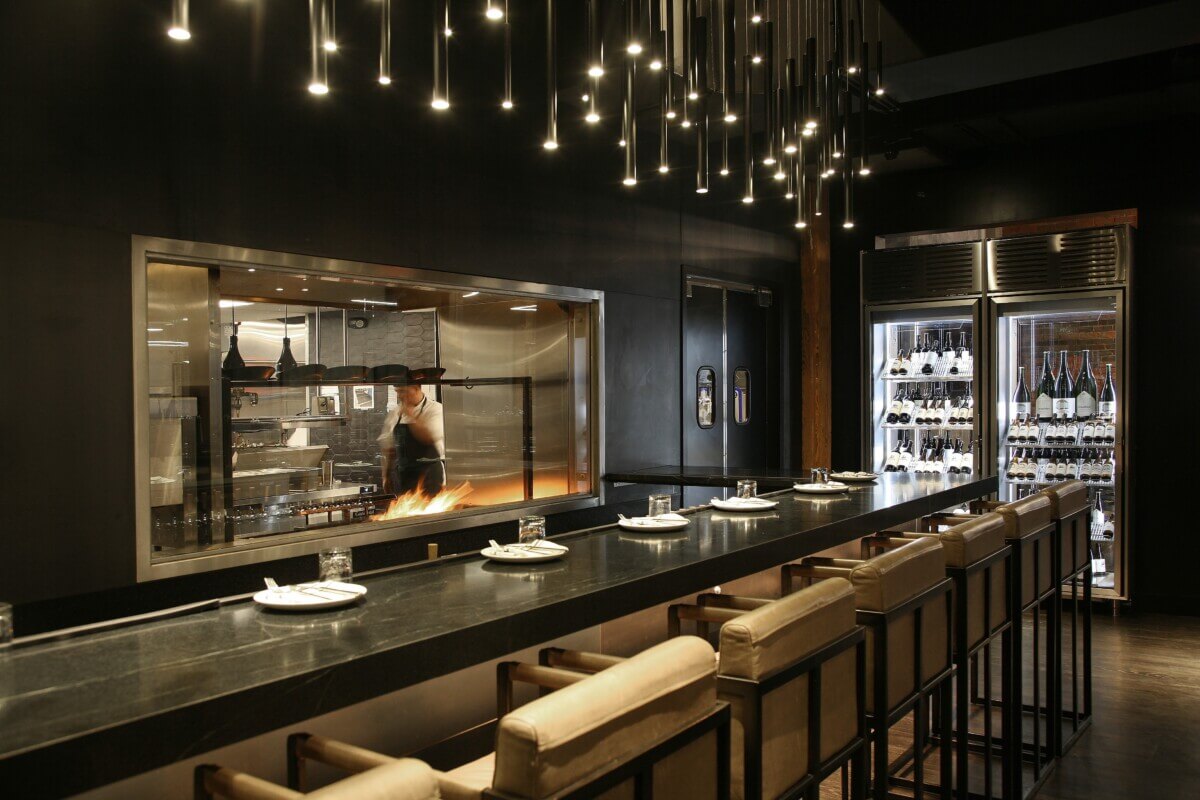
Overhead costs got you down? These overhead cost reduction strategies can help you increase your restaurant’s profitability!
What is Overhead Cost?
In general, overhead cost refers to any ongoing expenses that come with running a business, including everything from rent and utilities to advertising costs and your employees’ salaries. Overhead costs do not include any expenses directly related to producing goods, which means that ingredients would not be included in a restaurant’s overhead costs.
Overhead Cost Reduction Strategies
Wondering how to reduce overhead costs and increase your profits? We’ve got you covered! These overhead cost reduction strategies can help you increase your restaurant’s profitability.
Strategy #1: Focus on Rent
For many restaurants, rent is by far the largest monthly expense. It can also be one of the hardest to costs to reduce. If you’re already in a space you love, try renegotiating your lease. Many restaurants maintain month to month leases, and while these can be especially helpful when you’re a new restaurant unsure of how successful you’ll be, once you’ve made a name for yourself, you might be able to save some money by commiting to longer terms.
If you can’t reduce your monthly rent, you can supplement it by subleasing your restaurant out as a commissary kitchen for other businesses during your off hours. Many food truck owners and catering companies need space for food prep, and you could even lease out your after-hours restaurant space as a ghost kitchen.
Strategy #2: Think Appliances
No matter what kind of restaurant you own, appliances are always going to be a substantial part of your restaurant’s overhead costs. That said, there are many ways to save money on appliances. It may seem counterintuitive, but newer models can save you money in the long-term. Not only are you less likely to need costly repairs, but many new appliances have eco-friendly features, which can drastically lower your monthly energy bill.
If you’re still in the purchasing phase, be sure to consider the “scratch and dent” section of your foodservice equipment store. This brand new equipment is sold at a discounted price due to cosmetic issues, but because they don’t affect the function of the appliance, and because customers don’t visit your restauarant’s kitchen, there’s really no downside to using these superficially flawed appliances.
Strategy #3: Lower Your Utility Bill
This overhead cost reduction strategy requires trimming the fat from your utility bill. In addition to utilitizing newer, more energy-efficient appliances, you can also find ways to save energy, which will effectively save you money. Thawing frozen food in the refrigerator instead of using water, for example, can lower your restaurant’s utility bill.
But that’s not the only place to cut down on water use. By running larger loads of dishes and using pre-rinse spray valves and faucet aerators, you can drastically cut down on the water used at your dishwashing stations. And if you’re noticing that many patrons aren’t drinking the water your servers are pouring, you can start only giving waters to customers who request them.
At McDonald Wholesale, we’re dedicated to helping your restaurant succeed. In addition to providing the highest-quality wholesale food products for your operation, we also offer menu analysis and development services, as well as restaurant marketing services. Check out our foodservice blog where we cover everything from how to reduce food waste in restaurants to why you should update your restaurant menu every year. Contact us today at 541-345-8421 to become a customer for life!

